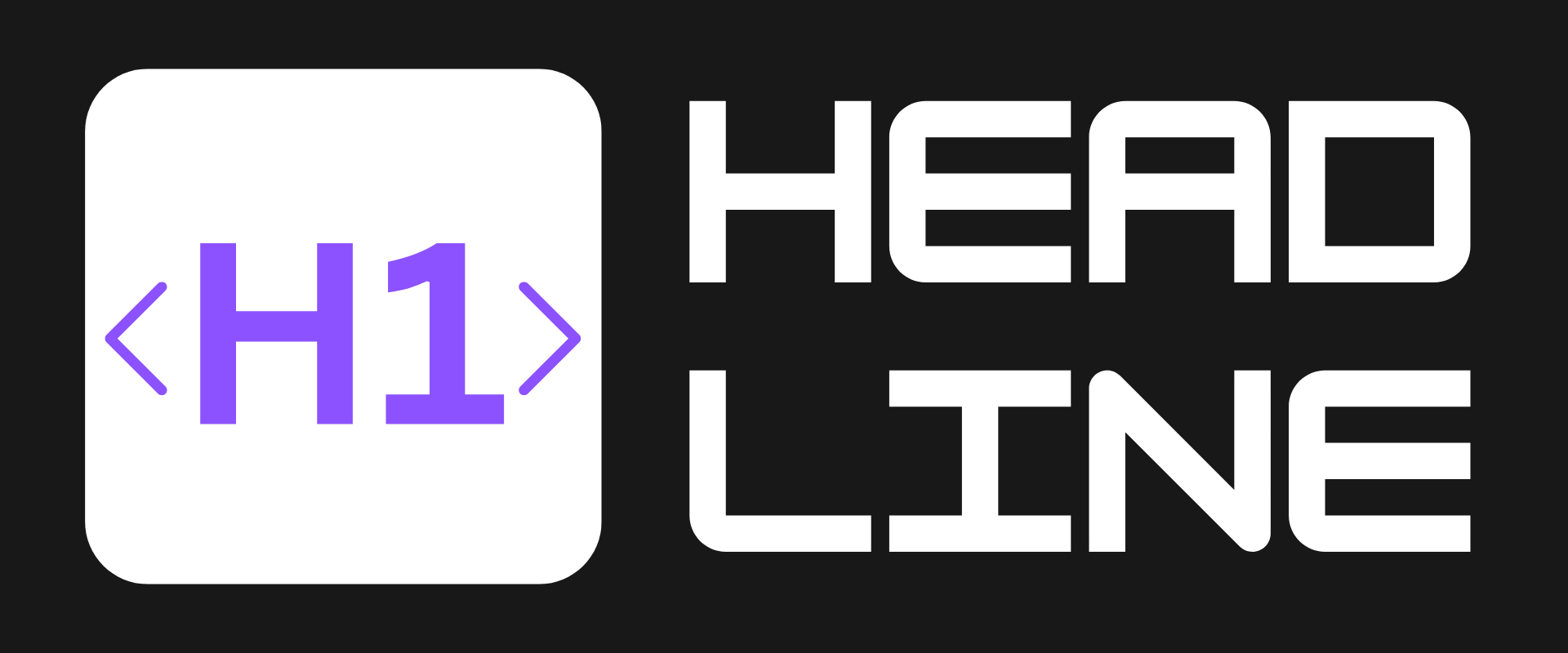Is the Internet Becoming a Hall of Mirrors? The Terrifying Rise of AI-Generated Videos

Your eyes can’t be trusted anymore. AI-generated videos have evolved from laughably fake clips to near-flawless simulations of reality—and most of us are utterly unprepared. If you think you’re immune because you’ve spotted a few wonky hands or unnatural movements, think again. The next wave of synthetic media isn’t just coming; it’s already flooding your feeds. Let’s dive in.
🌐 The Problem: AI’s Uncanny Valley Just Disappeared
We’ve entered an era where AI-generated content no longer looks "AI-generated." Here’s why this shift is so dangerous:
- Hyperrealistic Outputs: Tools like OpenAI’s Sora and MidJourney’s video extensions now produce videos with coherent physics, lifelike textures, and emotional nuance that rival Hollywood CGI.
- Viral Deception: Recent examples include a "leaked" video of Trump fleeing Secret Service agents (100% AI) and a "nature documentary" clip of a hummingbird hatching from a crystalline egg—both shared millions of times before being debunked.
- Scale Overload: Over 15,000 AI-generated videos are uploaded daily to platforms like TikTok and Instagram, according to AI detection startup RealityCheck. Most slip through moderation filters.
✅ Proposed Solutions: Fighting Fire With (Synthetic) Fire
Tech giants and startups are scrambling to counter the threat:
- Watermarking Standards ✅ Adobe, Microsoft, and Google are backing the C2PA coalition, embedding cryptographic "nutrition labels" in media files to flag AI origins.
- Detection Arms Race ✅ Startups like DeepMedia and Truepic use AI to spot inconsistencies in pupil dilation, heartbeat patterns, and even blood flow simulations invisible to humans.
- Public Education Campaigns ✅ The EU’s "Reality Shield" initiative teaches schools to question viral content using case studies like the AI-generated "Beyoncé" protest speech that briefly crashed X (Twitter).
🚧 Challenges: Why We’re Still Losing Ground
Despite these efforts, three critical roadblocks remain:
- The Technical Arms Race ⚠️ As detection tools improve, so do generative models. OpenAI’s latest model reduces "uncanny valley" artifacts by 80% compared to 2023 systems.
- Platform Incentives 🚧 Social media algorithms prioritize engagement over truth. A MIT study found AI-generated conspiracy theories get 3x more shares than factual debunks.
- Legal Gray Zones ⚠️ Current U.S. laws treat most synthetic media as parody—until it’s used for fraud or defamation. Proposed bills like the DEEPFAKES Accountability Act remain stalled in Congress.
🚀 Final Thoughts: A New Literacy for the Synthetic Age
Surviving this wave requires more than better tech—it demands a cultural shift. We need:
- ✅ Media Literacy Programs: Teaching people to ask "Who benefits from me believing this?" before sharing
- 📉 Stricter Platform Accountability: Fines for failing to label AI content could change corporate priorities
- 🚀 Open-Source Vigilance: Community-driven verification tools to decentralize truth-checking
The line between real and synthetic is blurring forever. Will we adapt—or drown in the mirror world? What’s your first move?
Let us know on X (Former Twitter)
Sources: Lifehacker. You Are Not Prepared for This Terrifying New Wave of AI-Generated Videos, 2024. https://lifehacker.com/tech/you-are-not-prepared-for-this-new-wave-of-ai-generated-videos










